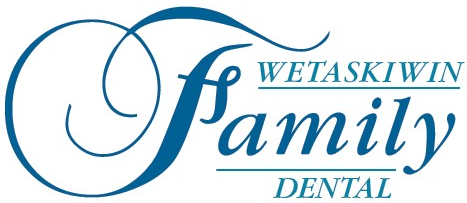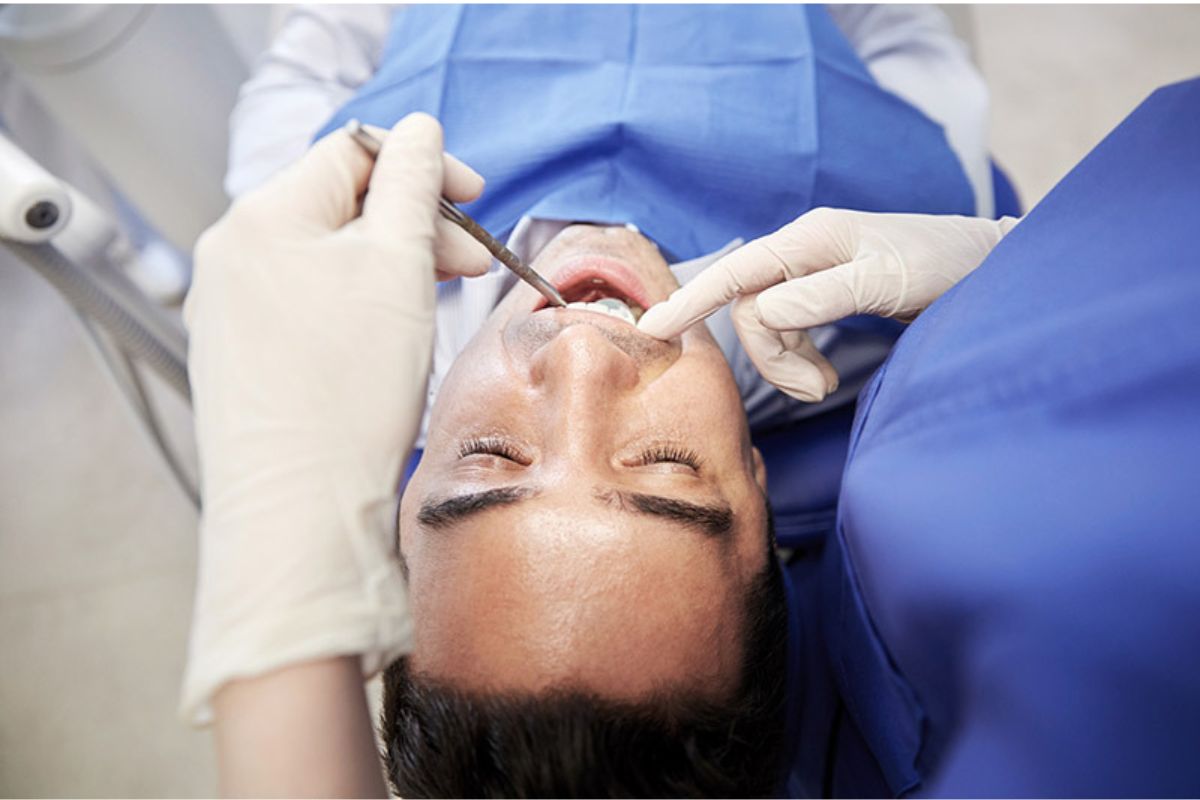Do you have a dental phobia? Do not wait until you have a severe toothache to schedule an appointment. Our expert dentist can address any concerns you may have. Sedation dentistry might help you relax while in the dentist’s chair. This way, you can receive the dental treatment you require for a healthy smile. A dentist in Wetaskiwin can assist you in exploring your choices for sedation dentistry, giving you peace of mind.
Sedation dentistry has revolutionized the dental experience for many individuals who may otherwise avoid essential dental care due to anxiety or fear. This practice involves using medication to help patients relax during dental procedures. In this blog post, we’ll delve into the various types of sedation dentistry, shedding light on their distinct characteristics and applications.
What is Sedation Dentistry?
Sedation dentistry aims to relieve stress and pain through sedation. There are three methods of sedation dentistry: laughing gas, oral sedation, and intravenous sedation. All three approaches have their uses in sedation dentistry near you However, your medical history and other considerations will determine the best option for you.
1. Nitrous Oxide (Laughing Gas)
– Often referred to as “laughing gas,” nitrous oxide is a popular and mild form of sedation.
– Administered through a mask placed over the nose, it induces a relaxed and euphoric state.
– Nitrous oxide is suitable for patients with mild anxiety and allows for a quick recovery post-procedure.
2. Oral Sedation:
– Involves the use of oral medications, usually in the form of pills or liquid, taken before the dental procedure.
– Patients remain conscious but experience a heightened state of relaxation.
– Oral sedation is versatile, ranging from minimal to moderate effects, depending on the prescribed dosage.
3. Intravenous (IV) Sedation
– Administered directly into the bloodstream through a vein, IV sedation provides a deeper level of sedation.
– This method allows the dentist near you to adjust the level of sedation throughout the procedure.
– IV sedation is often chosen for more complex or lengthy treatments.
4. General Anesthesia
– Reserved for extensive dental surgeries or procedures requiring the patient to be completely unconscious.
– Administered through inhalation or intravenously, general anesthesia ensures the patient feels no pain and has no awareness during the procedure.
– It needs to be closely observed by an anesthesiologist.
5. Local Anesthesia
– While not a form of sedation per se, local anesthesia deserves mention for its common use in dentistry.
– It involves injecting anaesthetic medication into the treatment area and numbing the specific region to eliminate pain during the procedure.
6. Combination Sedation
– Some dental procedures may benefit from combining different sedation methods.
– For instance, using nitrous oxide for relaxation alongside local anesthesia for pain control.
Learn more about Sedation Dentistry:
Before your dental appointment, discuss any anxieties or concerns you have with your dentist. Your dentist will advise you on the most appropriate type of anesthesia for your situation. Patients with sensitive nerves or small mouths may require anesthesia for treatments that bring them extra pain and suffering. Other people require sedation to alleviate anxiety and fears associated with visiting the dentist or undergoing medical treatments.
Dental sedation is a frequent way for people to cope with anxiety or pain during dental visits. Do not postpone your next visit due to nervousness; instead, consult your dentist and plan your next procedure with dental sedation.
Sedation dentistry has transformed the dental experience, making it more accessible and comfortable for individuals with dental anxiety or phobias. The choice of sedation method depends on factors such as the patient’s anxiety level, the complexity of the procedure, and the dentist’s recommendation. By understanding the various types of sedation dentistry in Wetaskiwin, patients can make informed decisions to ensure a stress-free and positive dental visit. Consult with our dentist at Wetaskiwin Family Dental to determine the most suitable sedation option for your specific needs.

